Stay Up To Date

7 Headlines That Shaped the World: Teaching Current Events Through a Historical Lens
In social studies classrooms, connecting the past to the present is more than a teaching strategy—it’s a way to make history meaningful.
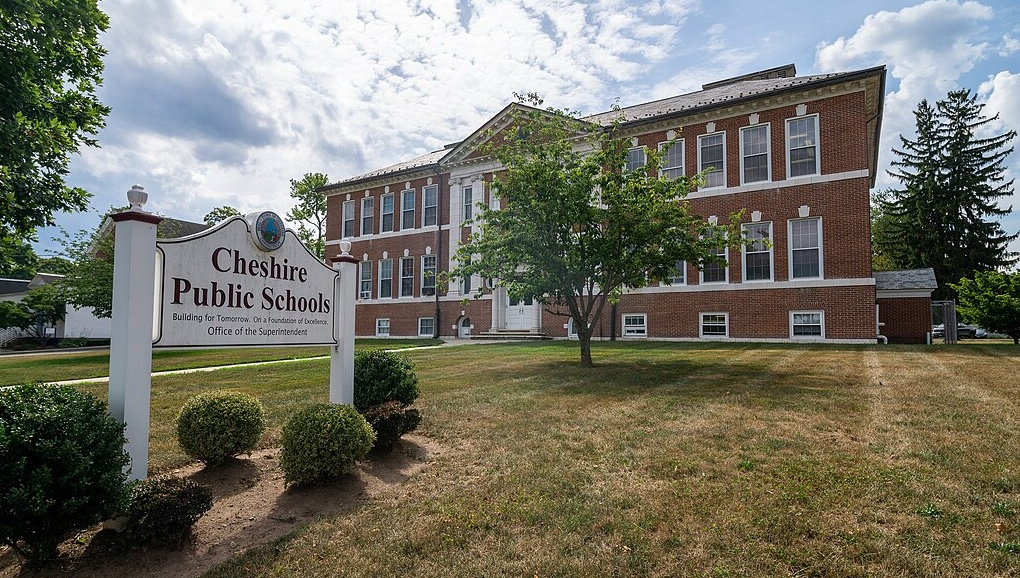
The History of Public Schools in the United States
Public education has long been considered one of the bedrocks of American democracy.
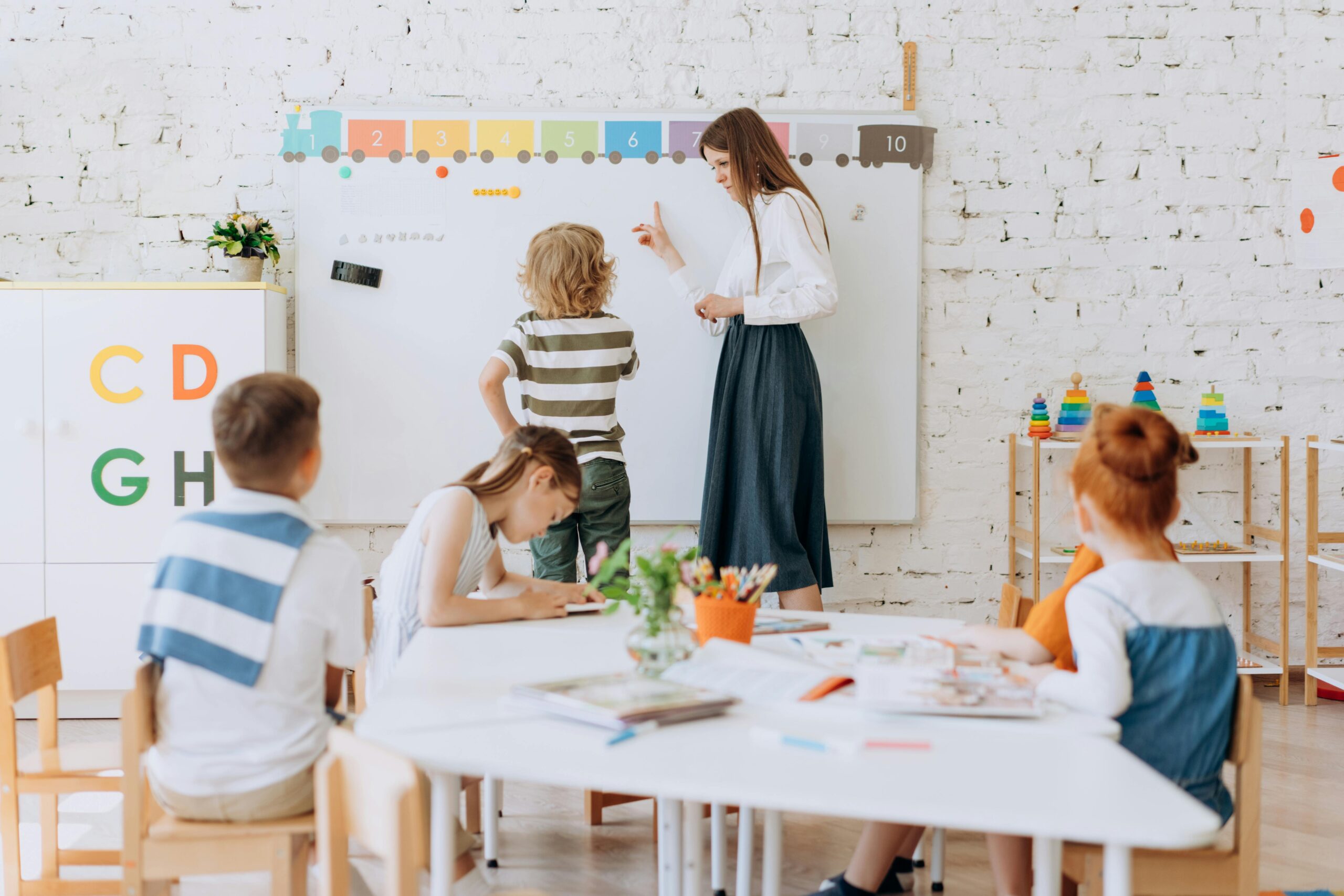
10 Fun and Essential Activities for Elementary Educators at the End of the School Year
The last months of the school year can be hectic and chaotic for teachers and students alike, filled with things like state testing, field day, and final assignments.
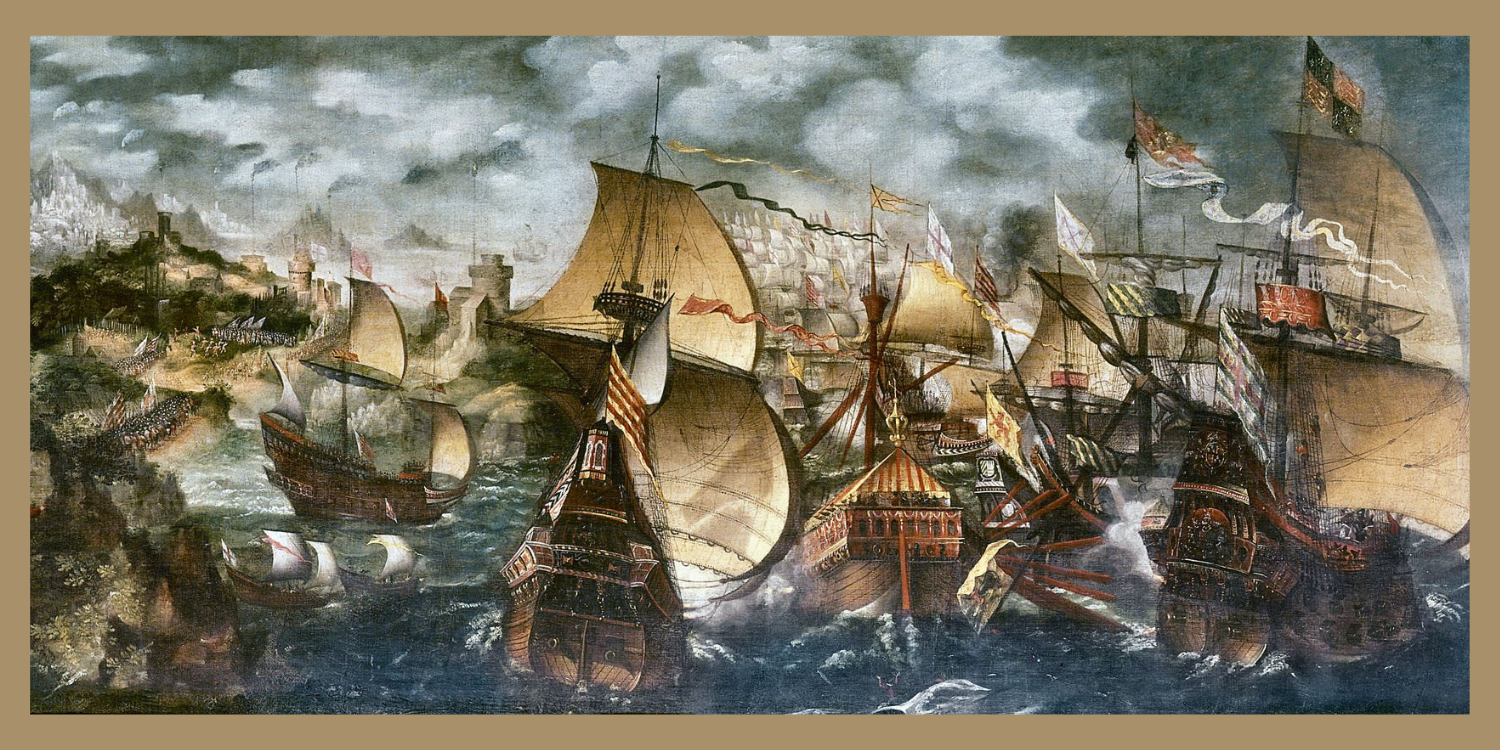
Decision Making in World History Lesson: The Spanish Armada
One of the most dramatic events in world history was the Spanish Armada in 1588, changing the direction of English, Spanish, European, and American history.

Social Studies and ELA: A Dynamic Duo for Deeper Thinking and Learning
Let’s face it—our content areas shouldn’t be in competition.

Enhancing Geographic Literacy in Elementary Bilingual Classrooms: The Role of Atlases
In today’s globally connected world, students need to understand how people, places, and environments interact.
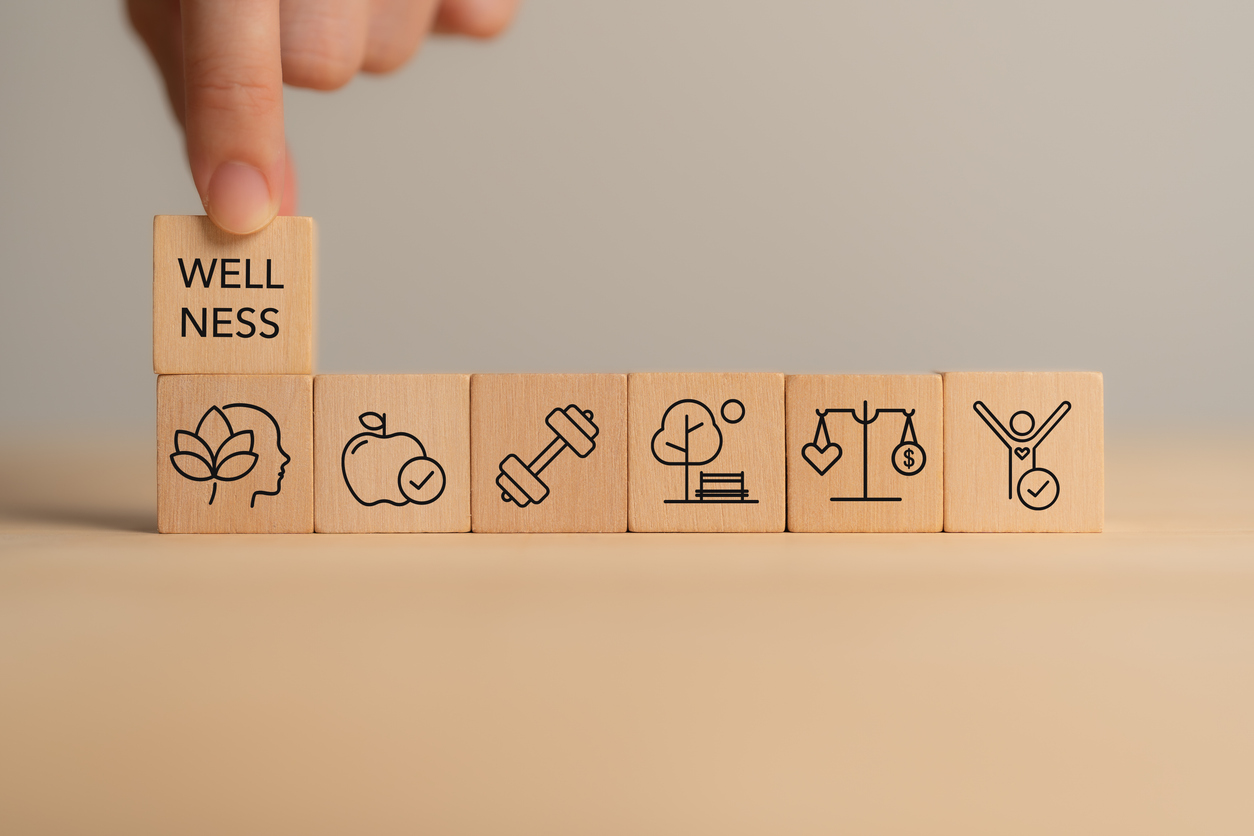
5 Self-Care Recommendations for Educators During Spring Break
For educators, spring break is a well-deserved time before the final push to the end of the school year.
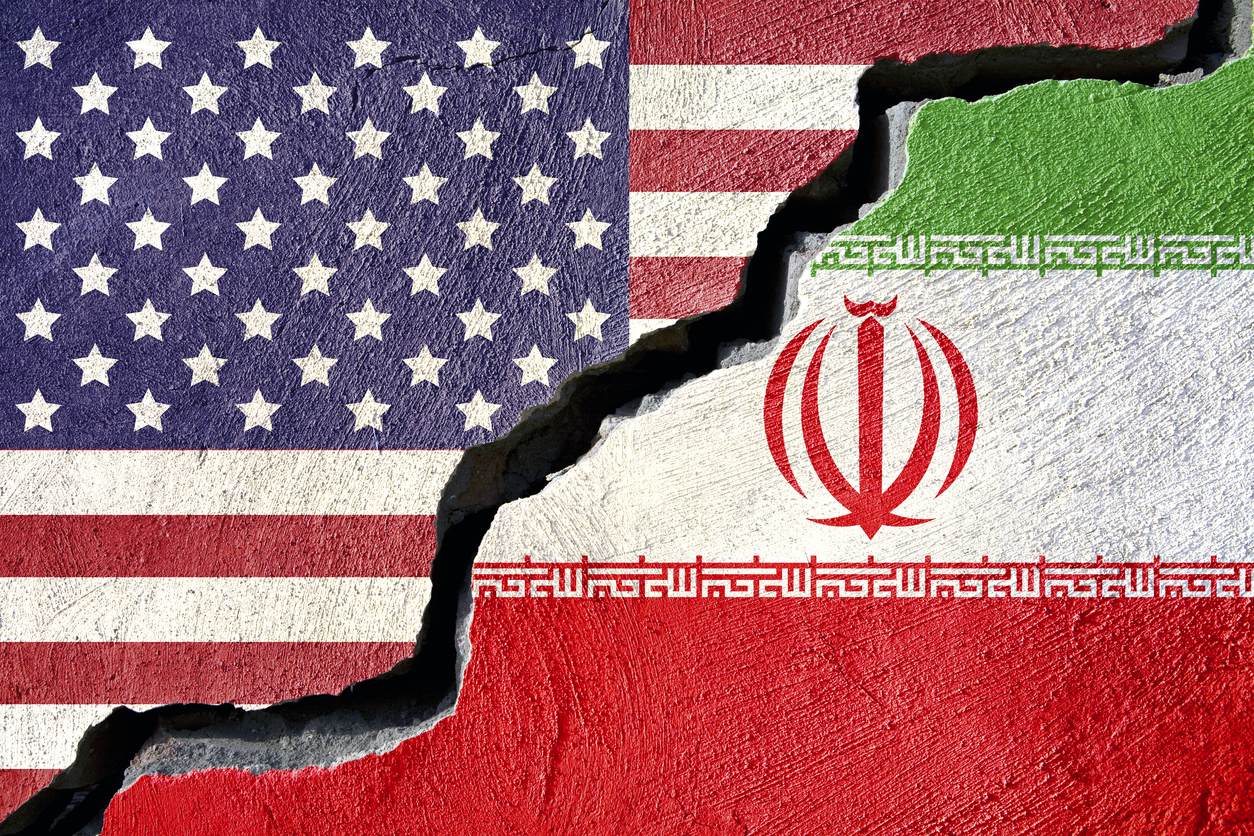
Decision Making in United States History: Operation Ajax
Think of a time when you said to yourself, “Ugh! That was a mistake,” or “How could I have done that?” or “I should have thought that through!” We have all made decisions that we came to regret, some small and some, unfortunately, very significant.

Leaving a Mark: Annotation Strategies for Deep Learning and Discussion
In content areas that rely on students understanding and then applying information from images and documents, it can be difficult to know what is happening in students’ heads as they read and analyze.